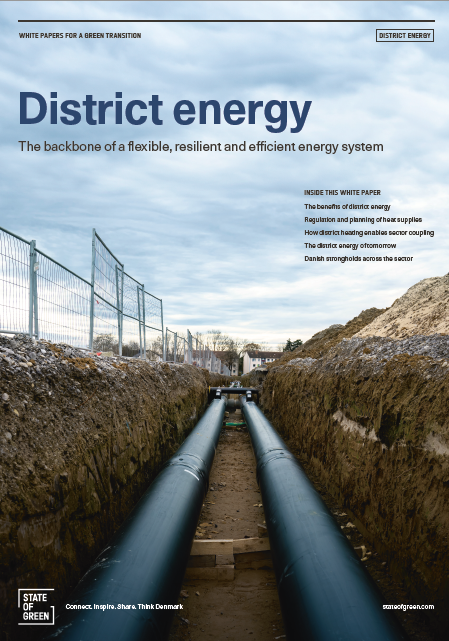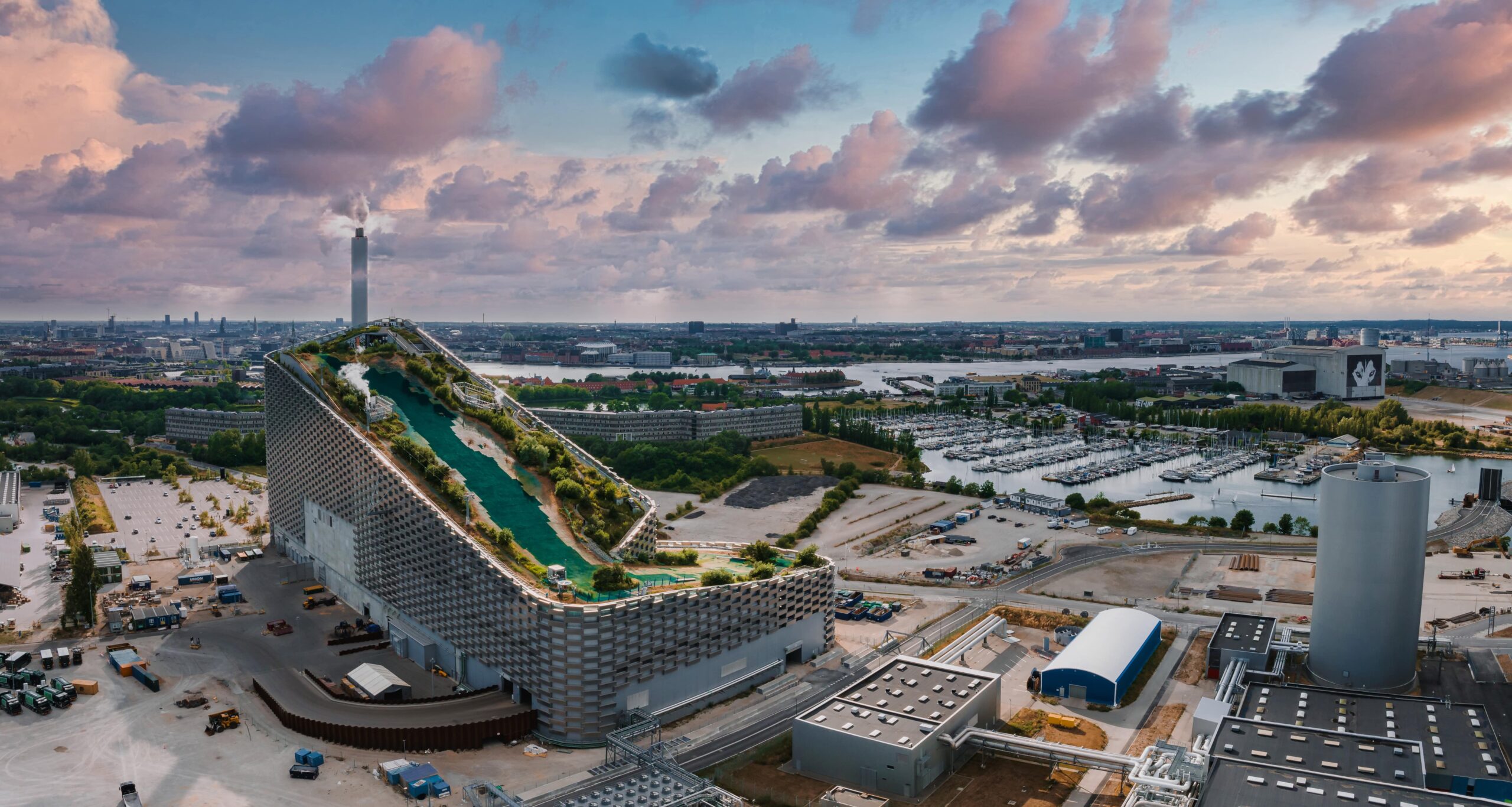Discover our brand new white paper on Disctrict energy
Explore our white paper, where we unpack the many benefits of district energy and underscore why it’s considered a key solution in a futureproof energy system.
Download publicationacf domain was triggered too early. This is usually an indicator for some code in the plugin or theme running too early. Translations should be loaded at the init action or later. Please see Debugging in WordPress for more information. (This message was added in version 6.7.0.) in /home/forge/cleantech-hub.dk/public/wp-includes/functions.php on line 6131News



Explore our white paper, where we unpack the many benefits of district energy and underscore why it’s considered a key solution in a futureproof energy system.
Download publicationWe have gathered five cases from Denmark that illustrate how district energy solutions are driving climate resilience. These projects demonstrate how combining energy efficiency with renewable integration and community engagement can pave the way for sustainable, adaptable cities.
Listen to our podcast episode “Making Green Heat Mandatory” to explore how Denmark’s long-standing experience with heat planning and district heating is shaping sustainable, cost-effective heat transitions.
Copenhagen’s district heating system takes energy management to the next level by introducing “flexumers”—consumers who also act as producers. This system, provided by Danfoss and HOFOR, uses smart controls to align energy consumption with renewable energy availability.
By connecting energy use to supply fluctuations, flexumers enhance grid stability, reduce fossil fuel dependency, and contribute to Copenhagen’s green transition. This flexible model illustrates the power of consumer participation in advancing sustainable energy systems.

As temperatures rise, Copenhagen is turning to its harbour for a sustainable solution. Several Danish solution providers have developed and implemented a seawater cooling system that harnesses cold harbour water to cool buildings efficiently.
This innovative system cuts energy consumption for cooling by up to 80% while reducing operational costs and carbon emissions. It’s a prime example of how natural resources can be leveraged to meet urban cooling needs sustainably.

Amager Bakke, operated by ARC (Amager Resource Center), redefines waste management in Copenhagen. The facility not only incinerates waste to generate electricity and district heating for 150,000 households but also captures CO2 emissions for storage or reuse.
Located in the city’s Amager district, this dual-purpose facility is a cornerstone of Copenhagen’s circular economy, showcasing how waste can become a valuable resource in the fight against climate change.

Hvide Sande’s district heating system combines solar thermal, wind power, a heat pump, and heat storage tanks to deliver low-cost, renewable heating. To navigate the complexities of fluctuating energy sources and electricity procurement, the plant uses the energyTRADE software from EMD International.
This intelligent system optimizes daily operations in real-time, ensuring efficient use of resources and smart electricity market participation. The results speak for themselves: in 2022, Hvide Sande residents paid just one-tenth of Denmark’s average annual heating price, with 92.4% of heat produced from renewable sources.

Seasonal heat storage using PTES technology has been introduced in Copenhagen’s energy system. Solar-heated water collected in the summer is stored in insulated pits and used during the winter, bridging the gap between renewable energy production and seasonal demand.
Meeting up to 50% of winter heating needs in specific areas, this solution reduces heating costs and avoids thousands of tonnes of CO2 emissions annually. It’s an elegant answer to the challenge of integrating intermittent renewable energy sources.
